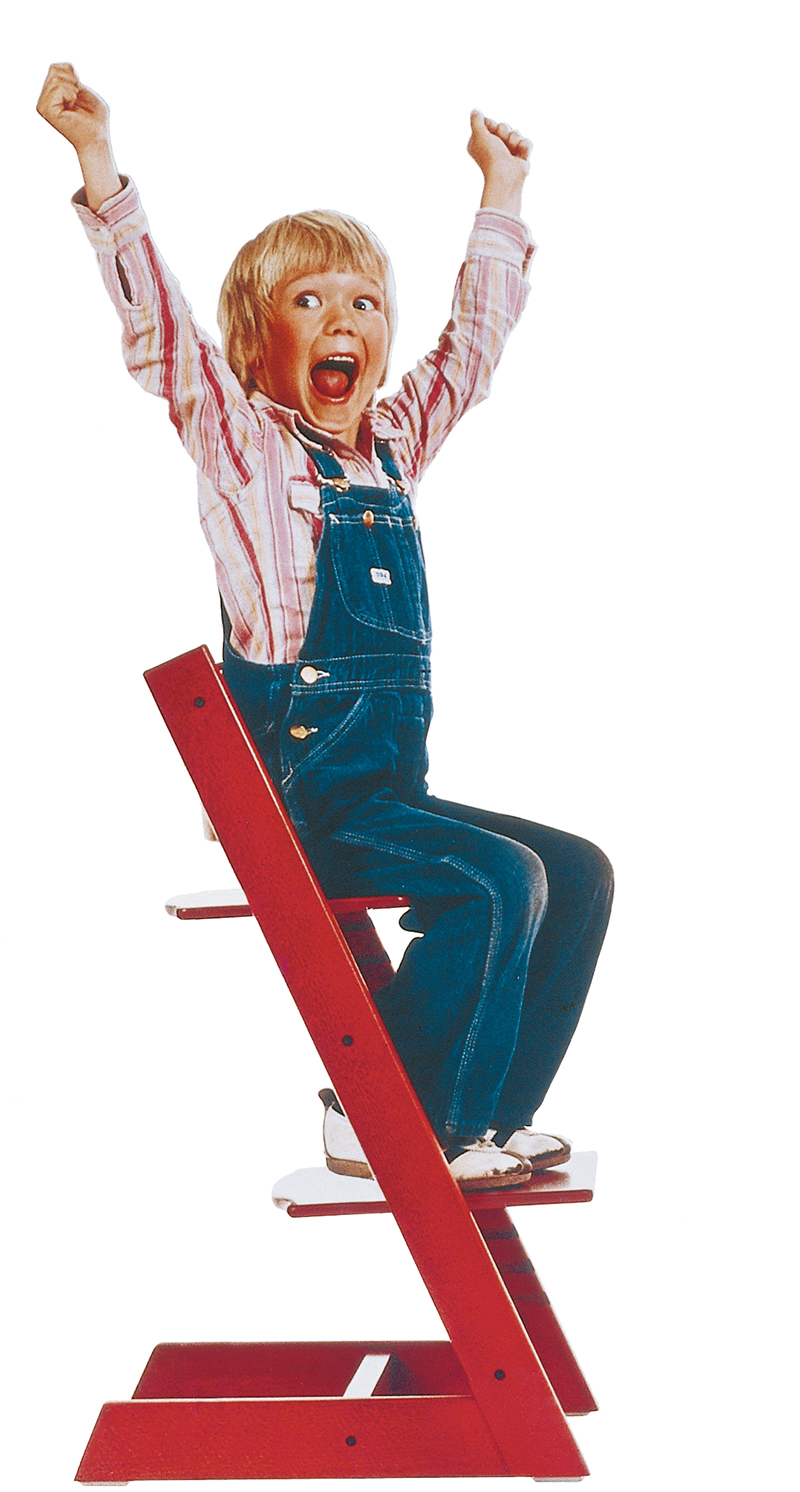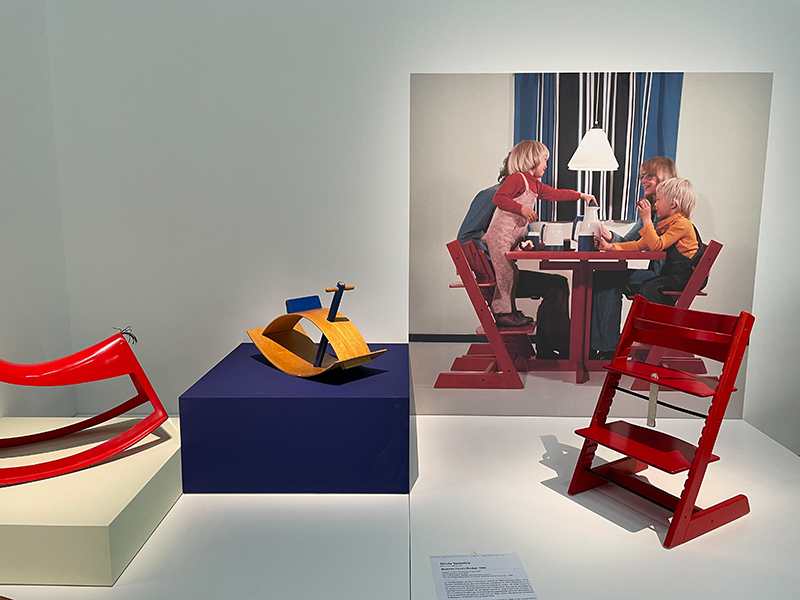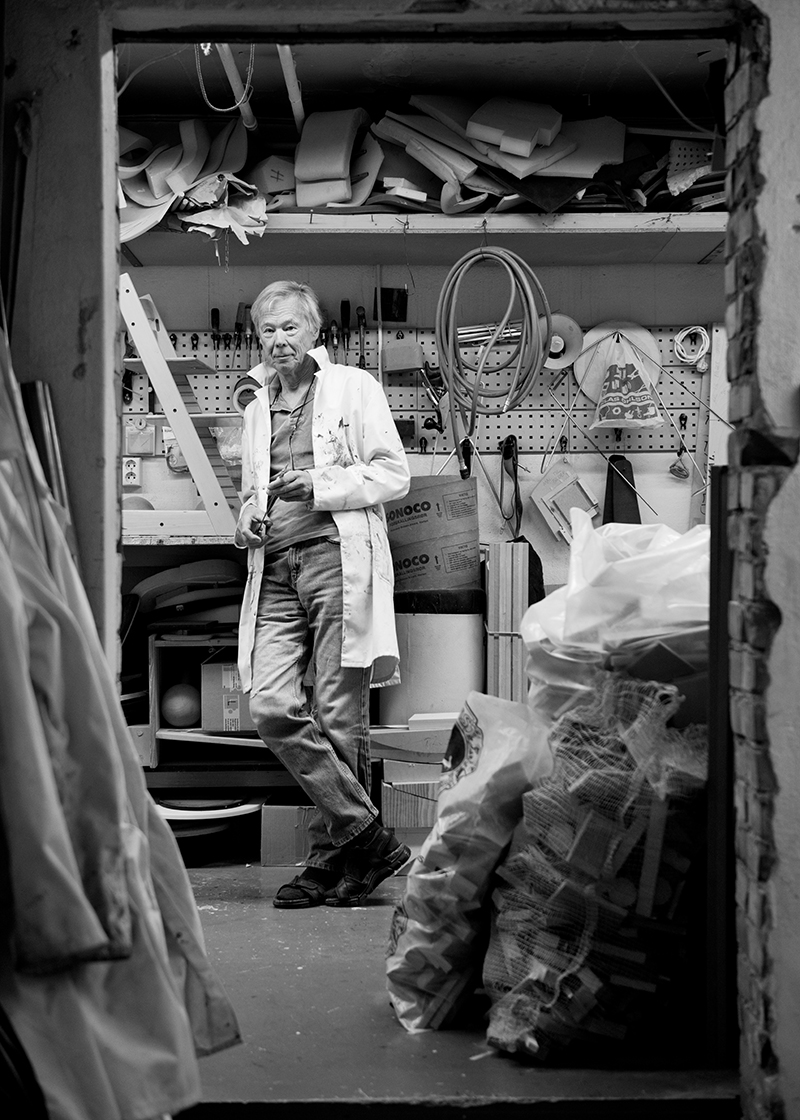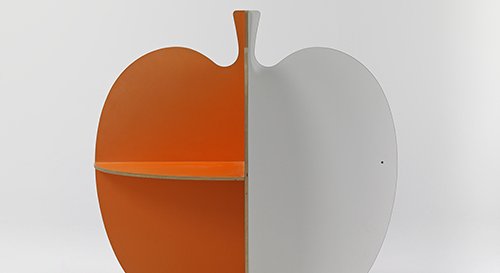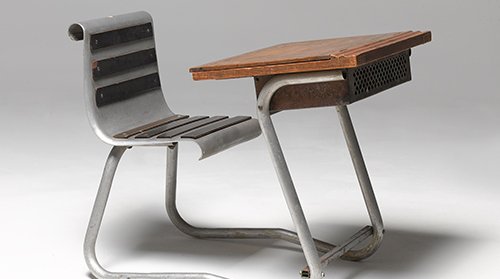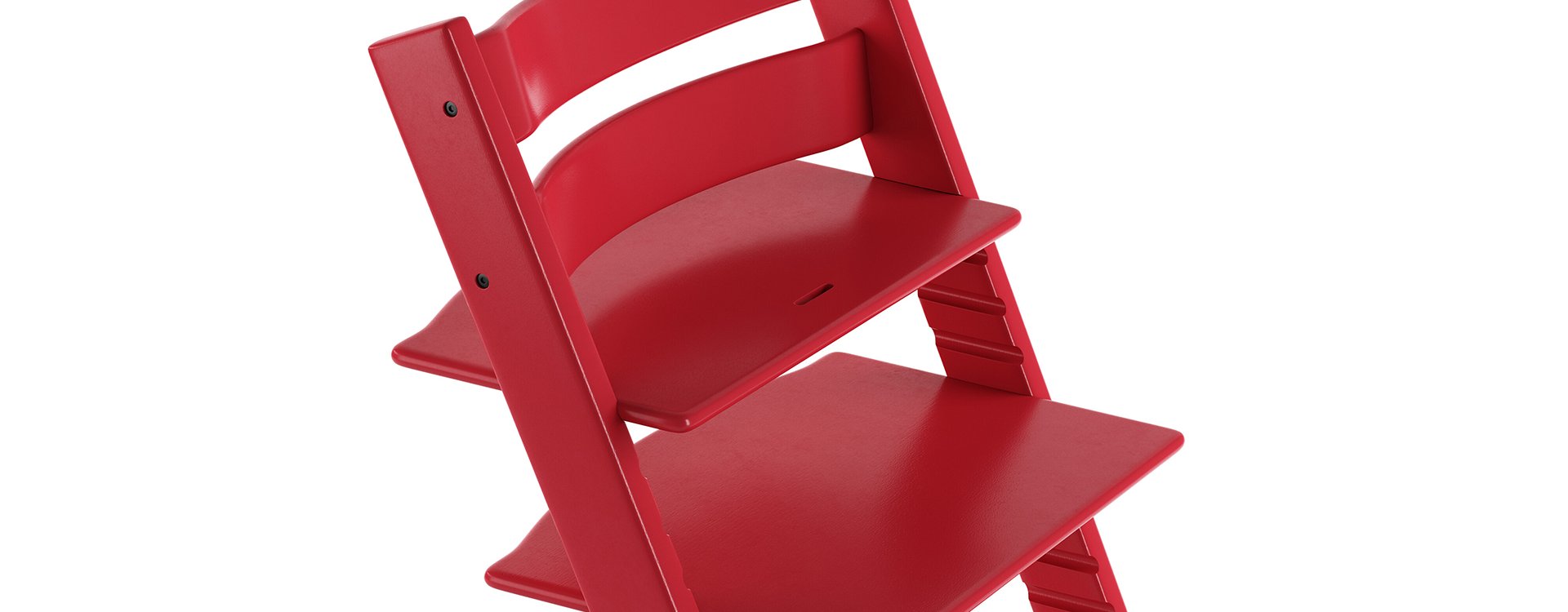
Focus on... the Tripp Trapp highchair
In fifty years of existence, over 15 million Tripp Trapp highchairs have been sold worldwide! Which is normal when you consider that it is a masterpiece in design for children. With its Z shape, fourteen possible positions, ultra stability and, above all, its adaptable seat and footrest, it is truly like no other highchair.
Who said kids couldn’t level up with the grown-ups at the dining table? Not Peter Opsvik, for sure.
Who said kids couldn’t level up with the grown-ups at the dining table? Not Peter Opsvik, for sure. The Norwegian designer, born in 1939, first had his revolutionary idea back in 1972: a highchair to adapt to children as they grow, so they could eat at the table with adults. Opsvik’s son Tor was two years old, and the designer couldn’t find a chair on the market to meet his son’s needs. Back in the 1970s, children mostly used to sit on adult chairs with cushions for a little more height, so they were often seated too low with their feet dangling. Opsvik’s brainwave idea was to design a seat and footrest that could be adjusted to the size of the child. The back is also ergonomic. With their feet firmly on the footrest, the child is more stable – and the footrest is wide enough to prevent them from falling. The child is at table level and may join in the family meal perfectly safely.
This societal dimension was an important aspect in the Tripp Trapp design, including the child in the family by bringing them up to table level. This chair was also one of the first pieces of furniture for children designed for the dining room, rather than the nursery, where children were traditionally relegated.
Marie-Ange Brayer, curator of the exhibition "Childhood of Design"
Marie-Ange Brayer, at the helm of the Design and Industrial Prospective Department at the Musée National d’Art Moderne, curated the "Childhood of Design" exhibition (with Céline Saraiva). She explained that: "A lot of ergonomic research went into this chair, and it boasts many remarkable features. First of all, it is made of wood, making it a part of the children’s furniture tradition, while plastic was all the rage in children’s furniture at the time. Peter Opsvik was already mindful of environmental and sustainable factors. And then, adaptability : it adapts to children as they grow. It is also a source of fun : children can climb up it, stand on the seat or footrest to reach their parents’ height. This societal dimension was an important aspect in the Tripp Trapp design, including the child in the family by bringing them up to table level. This chair was also one of the first pieces of furniture for children designed for the dining room, rather than the nursery, where children were traditionally relegated." ◼
Related articles
In the calendar
Tripp Trapp highchair by designer Peter Opsvik
© Stokke
